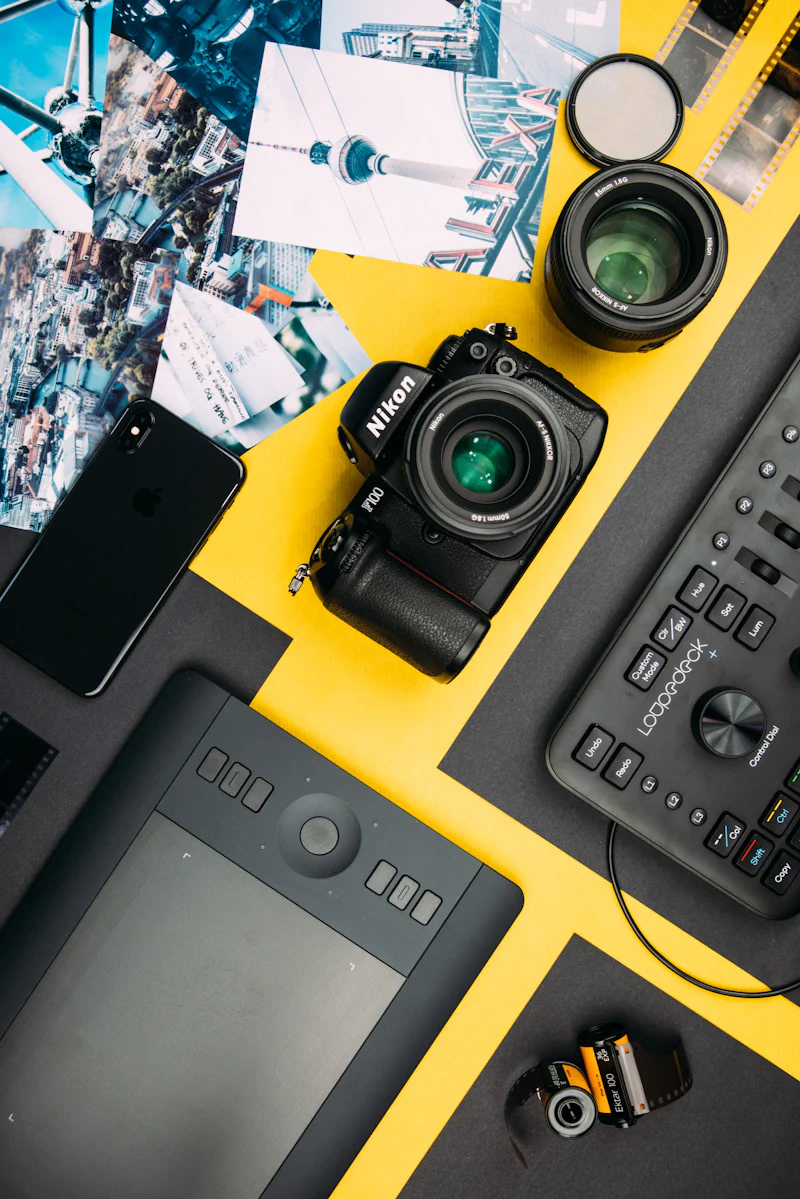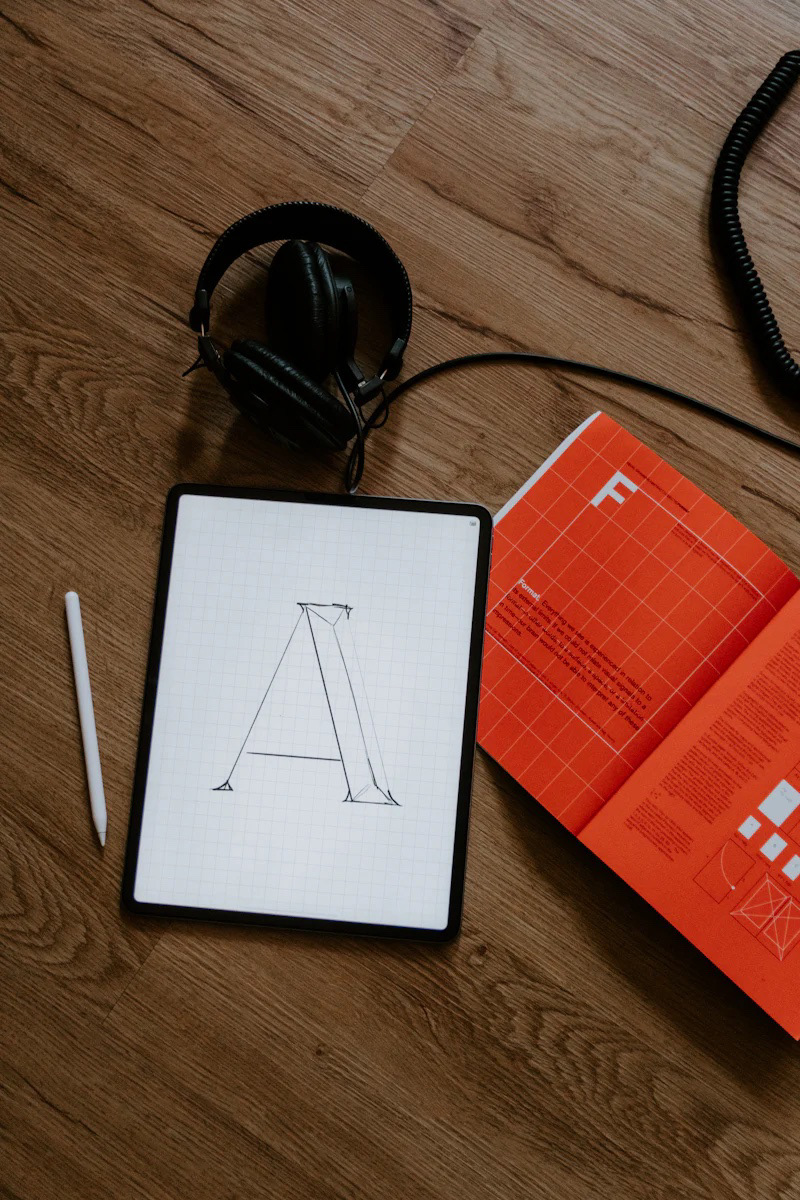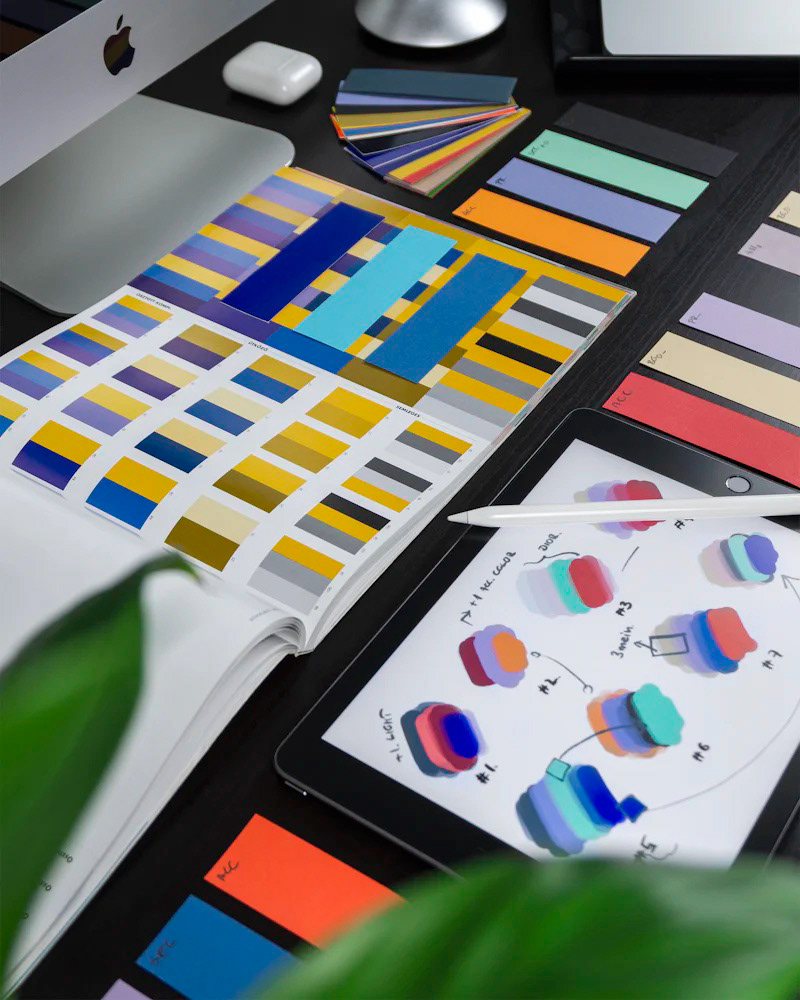


The Art of Design: Navigating the Graphic Design Process
Behind every captivating design lies a meticulous process. Let's delve into the journey of graphic designers as they bring ideas to life.
Understanding the Brief: It all begins with grasping the client's vision and goals.
"Understanding the Brief" is like understanding the map before going on a journey. It means figuring out exactly what the client wants and needs for their project. Designers talk a lot with the client to learn about their business, who they're trying to reach, and what they want to achieve. This step is super important because it sets the direction for everything that comes after, making sure the design fits perfectly with what the client wants.
Research and Inspiration: Immersing in the industry, trends, and visuals for creative fuel.
"Research and Inspiration" is like gathering ingredients before cooking a meal. It's about immersing yourself in the world of design and the client's industry to get ideas and creative fuel. Designers dive into trends, browse through different designs, and explore what's happening in the industry. This step is all about finding inspiration from everywhere - from websites to magazines to art galleries. By soaking up all this information, designers can come up with fresh ideas and make sure their designs are up-to-date and relevant to the client's audience.
Sketching and Brainstorming: Ideas take shape on paper, fostering experimentation and ideation.
"Sketching and Brainstorming" is like brainstorming ideas with a pencil in hand. It's the stage where designers let their creativity flow freely, putting their thoughts onto paper. They sketch rough drawings and jot down ideas, exploring different possibilities without worrying too much about perfection. This process encourages experimentation and ideation, allowing designers to play with shapes, colors, and layouts. By sketching out multiple concepts, designers can see what works best and refine their ideas before moving forward. It's like laying the groundwork for the final design, shaping it into something that captures the essence of the client's vision.
Concept Development: Refining sketches into polished designs, experimenting with elements.
"Concept Development" is like sculpting clay into a work of art. After brainstorming and sketching out rough ideas, designers refine those sketches into more polished designs. This stage is all about taking the raw concepts and giving them shape and substance. Designers experiment with different elements like typography, color schemes, and layout compositions to see what works best. It's a process of fine-tuning and refining, where each adjustment brings the design closer to its final form. By exploring various options and iterating on their designs, designers ensure that they capture the essence of the client's vision while creating something visually impactful and cohesive.
Digital Execution: Translating ideas to the virtual canvas, using design software for precision.
"Digital Execution" is like using a digital toolbox to bring sketches to life on the computer screen. Once designers have refined their ideas, they move from paper to pixels, using specialized design software like Adobe Photoshop, Illustrator, or InDesign. This stage involves translating hand-drawn sketches into digital designs with precision and accuracy. Designers manipulate images, fine-tune typographic elements, and adjust layouts using the advanced tools and features of these software programs. It's a meticulous process that allows designers to create polished and professional-looking designs while maintaining control over every detail. By working digitally, designers can easily make revisions, experiment with different options, and ensure that their designs meet the highest standards of quality and craftsmanship.
Iteration and Feedback: Collaborating with clients, refining designs based on feedback.
"Iteration and Feedback" is like fine-tuning a song based on audience reactions. Once designers have created initial designs, they share them with the client for feedback. This stage is all about collaboration and communication. Designers listen carefully to the client's comments, suggestions, and concerns, and then use that feedback to make improvements to the designs. It's a back-and-forth process of refining and revising, with each iteration bringing the design closer to perfection. By incorporating client feedback, designers ensure that the final product meets the client's expectations and aligns with their vision. It's a crucial step in the design process that ultimately leads to a successful outcome.
Delivery and Presentation: Presenting the final product professionally, highlighting design rationale.
"Delivery and Presentation" is like putting a bow on a gift before handing it over. It's the final step where designers prepare to showcase their work to the client or audience. This involves presenting the design in a professional manner, whether digitally or in print, and explaining the reasoning behind design choices. By highlighting the design rationale, designers ensure that the client understands the thought process behind each decision, fostering trust and confidence in the final product. It's the moment of culmination, where all the hard work and creativity shine, ready to make a lasting impression.
In the world of graphic design, this process blends creativity with strategy, ensuring impactful visuals that resonate with audiences. Creativity fuels the design process, allowing designers to innovate, experiment, and breathe life into their ideas. However, it's the strategic thinking behind each design decision that ensures the end result resonates with its intended audience and achieves its objectives. By blending these two elements seamlessly, designers create impactful visuals that not only catch the eye but also leave a lasting impression, forging meaningful connections with viewers and driving desired outcomes.
